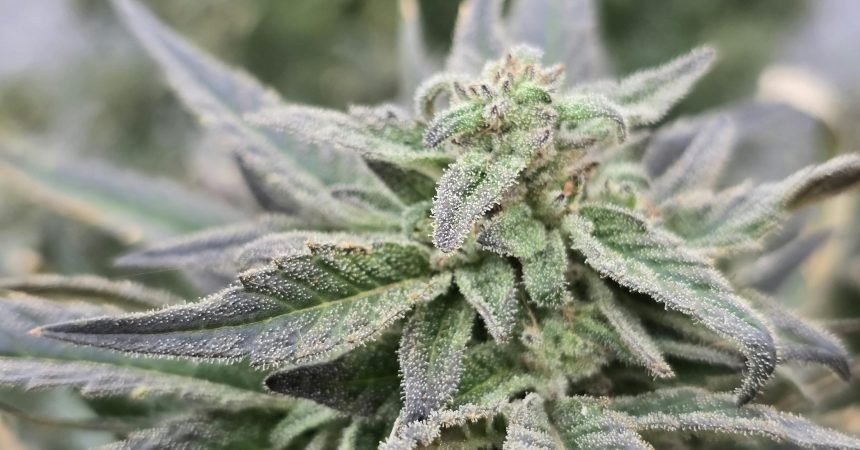For the moment there are few cannabis offerings in Minnesota, but the state will quickly be awash in options — dried flower, pre-rolls, vape cartridges, edibles, tinctures and concentrates. Minnesota’s new customers are about to face a wall of terms that sound similar but act very differently once you consume them. And “live resin” (a hydrocarbon extract made from fresh-frozen flower) versus “live rosin” (a solventless press made from fresh-frozen hash) may be the most confusing pair of all — same “live,” but very different processes and results.
Rosin is a specific kind of concentrate — “solventless” — that often preserves the plant’s native volatile compounds better than many other methods. Instead of dissolving cannabinoids with chemical solvents and rebuilding flavor later, rosin captures the plant’s profile as-is. Done right, it’s vivid, almost vineyard-like: You taste the cultivated variety, the harvest window, even the washing technique.
As a dab, solventless rosin hits fast and hard, with flavor that tracks to the living plant. And the aroma can be electric. Rosin’s superpower is honesty — the jar smells like the plant did in the field. Built into a cartridge correctly, you can carry that field-forward profile discreetly. You’ll pay more because yields are lower and labor higher, but you can taste where the money went.
(However you dab, think tiny —rice-grain small— and keep temperatures moderate to protect terpenes and your throat. The effects land fast and can be intense which is why a newcomer should treat a dab like hot sauce — dab, don’t drench.)
What Concentrate Labs adds to this conversation is proof that Minnesota can do craft at a high level in a young market. Its harvest rooms feel like a winery at crush — cold storage humming, trim teams steady, hash makers watching temperatures and textures the way pastry chefs watch sugar. It farms for rosin quality. Rather than scale first and figure out taste later, it’s anchoring its brand to solventless craft, seasonal harvests and the belief that Minnesotans can tell — and reward — the difference.
It signals a market where “terroir” isn’t marketing fluff but a real part of value: soil and weather, cultivar choices and the hands doing the work. That matters because rosin punishes shortcuts. Solvent-based systems can remediate certain sins; solventless has nowhere to hide. Unscrew a jar of good rosin and you should smell a place. That’s what Minnesota should cultivate: a market where origin and process are part of the value, not just a high number on a potency sticker.











